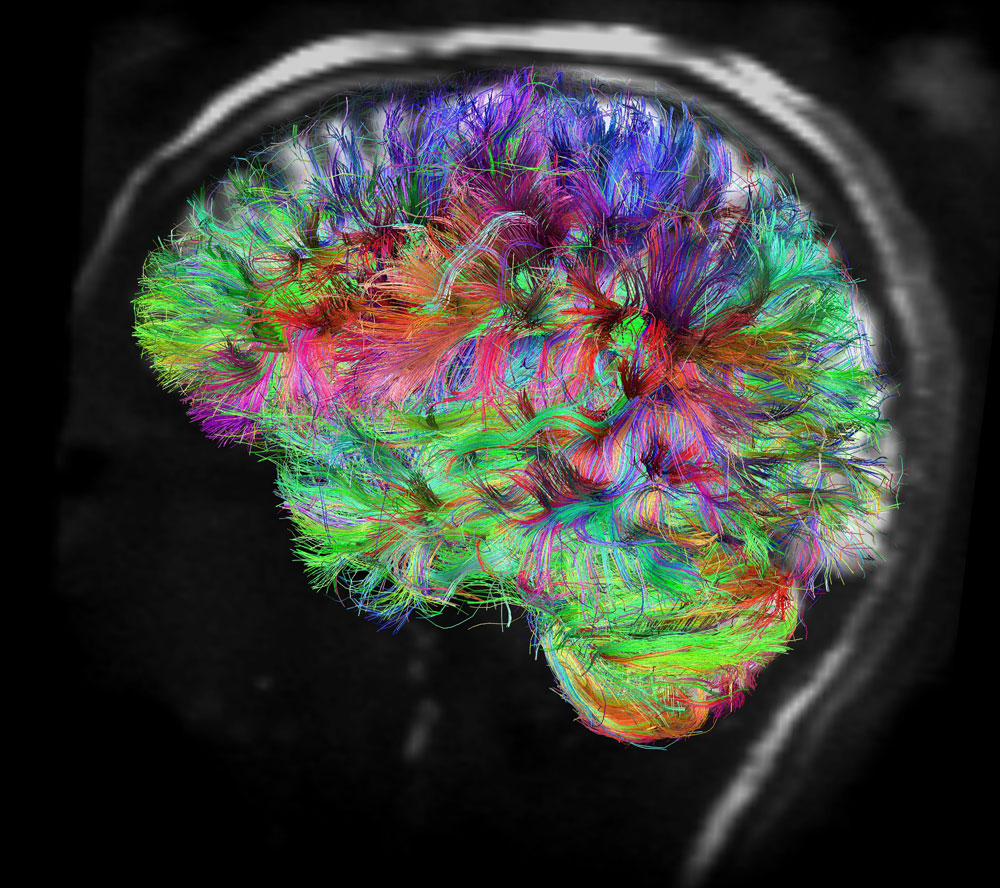

The cerebrum possesses an exterior part called the cerebral mantle, known as the cortex. The cerebrum also possesses an exterior part called the cerebral mantle, commonly known as the cortex. Temporal Lobe- Relates to the recognition of memory, perception of auditory stimuli and speech. Occipital Lobe- This is involved in visual processing. Parietal Lobe- This section helps in perceiving stimuli, orientation, and movements. The cerebrum can be further subdivided into four sections, which are:įrontal Lobe- This section is associated with movements, problem-solving abilities, reasoning, planning and various parts of speech. Dense, heavy bands of fiber, commonly known as the corpus callosum join the two cerebral hemispheres together.įunctions of the cerebrum include memory retention, consciousness, intelligence, thinking, hearing, vision and interpreting touch. The cerebrum has two cerebral hemispheres. This is the largest part of the brain which consists of the cerebral cortex of the brain and other subcortical structures. Forebrain - This refers to a human brain’s anterior part and controls various functions of the human body like temperature, reproduction, hunger, sleep, and emotions. The human brain consists of various parts that include:Įach of these parts can be subdivided into various other parts as described below.ġ. It provides buoyancy to the brain, almost negating the weight of the brain in its cushion of fluid. It is responsible for providing immunological protection to the brain. The CSF (cerebrospinal fluid) acts as a cushion for the brain, lessening the impact of mechanical shocks and other jolts in the process. The other functions that the cerebrospinal performs are: Specialized ependymal cells are responsible for producing about 500ml of cerebrospinal fluid every day. The brain is located inside the cranium and surrounded by cerebrospinal fluid, which fills up any hollow space on the brain surface and also circulates within the skull and the spinal cord. The skull is also responsible for providing frontal, dorsal and lateral protection to the brain. The skull comprises 22 bones, of which 8 are cranial bones and the remaining 14 are facial bones. The human brain is contained inside the skull. While gray matter makes up the bulk of the brain with various types of cells, white matter is made of axons that are responsible for connecting the various gray matter areas of the brain with each other. The human brain consists of two types of tissues, gray and white matter. Basic functions like body movements, thoughts, emotions and more are controlled by the brain. The central nervous system is made up of the brain and the spinal cord. There are anywhere between 86 billion-100 billion neurons in the human brain. Weighing between 1-1.5 kg, the human brain is mostly made of neurons. While the human brain is the same in terms of structure as compared to other mammals, it is larger in terms of body size and better developed. It works like a computer to process various information that it receives as signals from the other sensory organs in the body and sends messages back to the body.
HUMAN BRAIN MAPPING PROJECT SOFTWARE
Altogether, the progress to date provides grounds for optimism that the HCP datasets and associated methods and software will become increasingly valuable resources for characterizing human brain connectivity and function, their relationship to behavior, and their heritability and genetic underpinnings.The human brain is the command centre for the entire nervous system. The first quarterly release of imaging and behavioral data via the ConnectomeDB database demonstrates the commitment to making HCP datasets freely accessible. Preliminary analyses based on a finalized set of acquisition and preprocessing protocols demonstrate the exceptionally high quality of the data from each modality.

This overview article focuses on progress made during the first half of the 5-year project in refining the methods for data acquisition and analysis. The Human Connectome Project consortium led by Washington University, University of Minnesota, and Oxford University is undertaking a systematic effort to map macroscopic human brain circuits and their relationship to behavior in a large population of healthy adults.


 0 kommentar(er)
0 kommentar(er)
